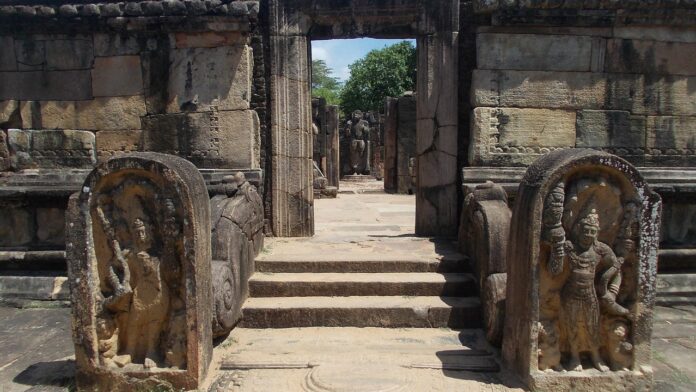The Battle to Preserve Sri Lanka’s Ancient Temples and Cultural Monuments
Sri Lanka is a country where history is not buried, it lives in stone, carved into pillars, painted on cave ceilings and rising toward the sky in massive brick stupas. From the sacred city of Anuradhapura, one of the oldest continuously inhabited cities in the world, to the majestic ruins of Polonnaruwa and the cave temples of Dambulla, the island holds a cultural legacy that rivals the world’s greatest civilizations. But behind the postcard beauty lies a growing crisis. Sri Lanka’s heritage is under threat, eroded by time, damaged by human neglect, and endangered by the pressures of tourism and modern development. The battle to save this history has never been more urgent.
For centuries, ancient temples and monuments stood resilient against war, conquest and natural decay. Yet the challenges of the 21st century are proving far more complex. Climate change is now a direct threat to Sri Lanka’s archaeological sites. Extreme rainfall, rising humidity and vegetation overgrowth have accelerated erosion. Moss and algae eat away at 2,000-year-old stone carvings. Brick dagobas crack under changing temperatures. What nature once preserved, nature is now beginning to reclaim.
Human negligence has added to the damage. Poor restoration practices, often driven by quick tourism agendas rather than conservation ethics, have scarred priceless monuments. Cement patches cover ancient stonework. Gaudy paint smothers centuries-old murals. Unauthorized construction and illegal encroachment threaten sacred temple lands and heritage zones. The lack of consistent preservation policy has turned heritage protection into a struggle between archaeologists, religious authorities and local interests.
Tourism, while vital to the economy, is also part of the problem. Millions visit sites like Sigiriya, Dambulla and Anuradhapura each year, and continuous foot traffic is wearing down fragile structures. Temples once built for quiet meditation now compete with noise, litter and commercial intrusion. Heritage risks becoming spectacle instead of sanctuary. The commercialization of ancient culture, mass-produced artifacts, ticket booths and tourist photo spots, threatens to reduce history to merchandise.
Yet, amid the damage, there is hope. A new generation of conservationists, historians and volunteers are stepping forward to protect Sri Lanka’s past. Organizations like the Central Cultural Fund and Archaeology Department, though often under-resourced, are working to digitize artifacts, repair ancient murals and secure funding for long-term conservation. Local communities are increasingly becoming guardians of their heritage, taking part in archaeological stewardship programs and cultural revival initiatives. Technology is playing a role too, 3D scanning and photogrammetry are helping document and virtually restore endangered sites.
International collaboration has also begun to make a difference. UNESCO continues to support efforts to protect world heritage sites like Polonnaruwa and Kandy while urging Sri Lanka to expand conservation zones and heritage laws. Archaeological teams from Japan, India, France and the United States have joined excavation and research projects across the country, uncovering lost monasteries and forgotten cities along the way.
Heritage is more than ancient ruins, it is cultural continuity. These temples and monuments hold the memory of ideas, languages, craftsmanship and faith that shaped Sri Lankan civilization. Losing them would mean losing part of the nation’s identity. Preservation is not about resisting progress; it is about carrying forward wisdom from the past.
The responsibility now lies with Sri Lanka itself. Will the nation treat its heritage as a living treasure or a fading relic? History does not survive by accident. It survives because people choose to protect it. The temples still stand. The paintings still glow in torchlight. The stone still tells stories. But if action is delayed, future generations may inherit only photographs of what once was.




